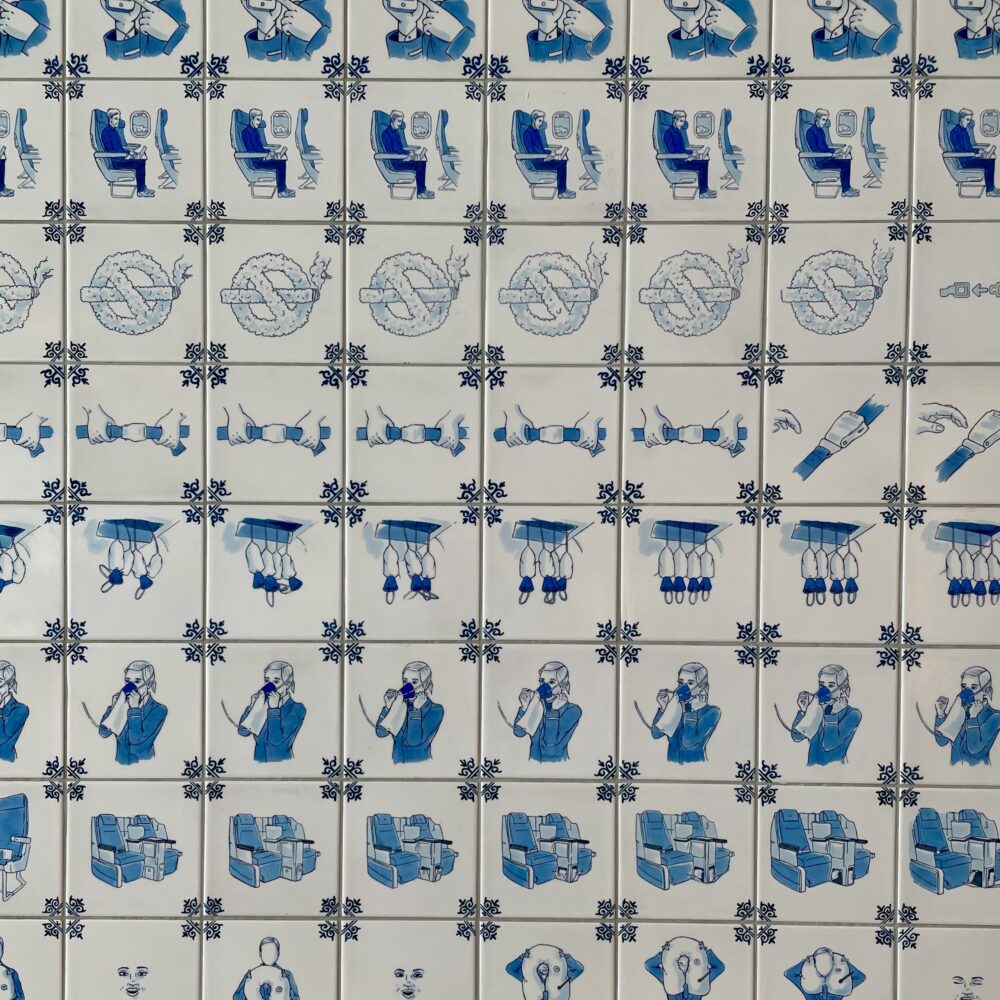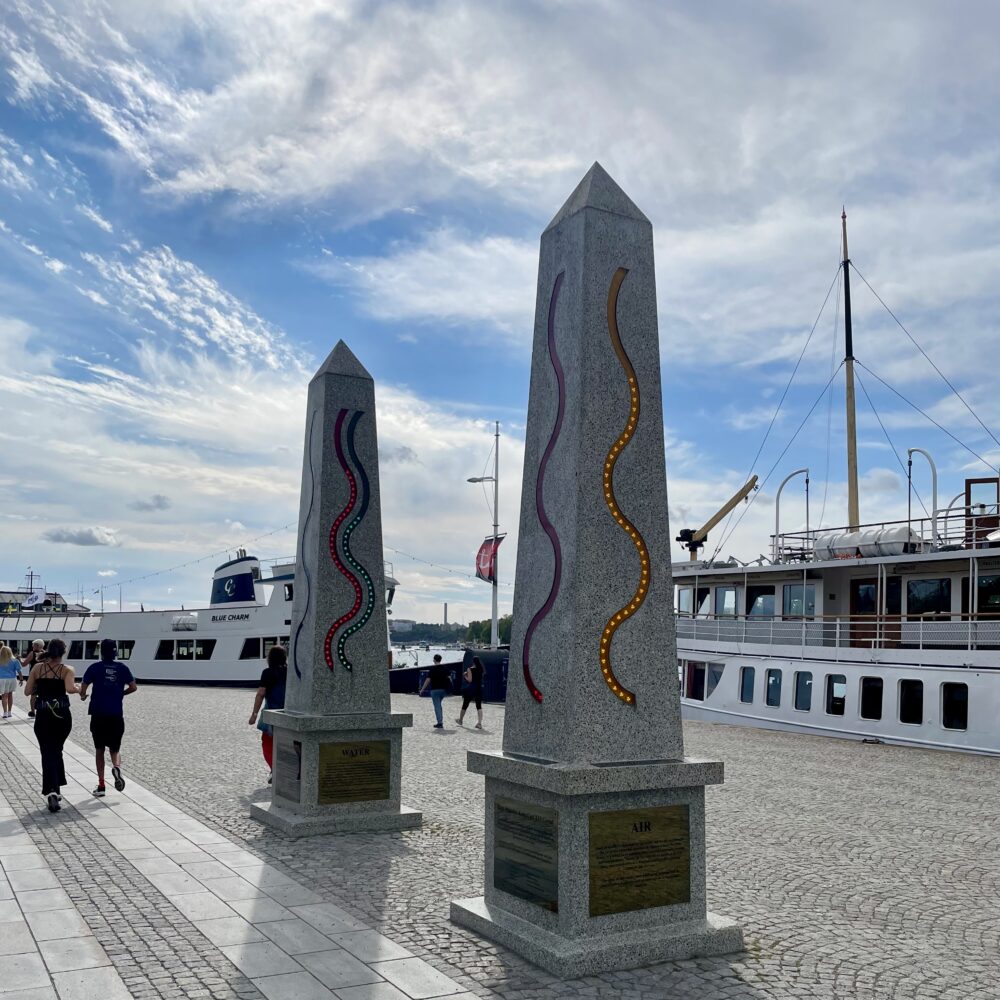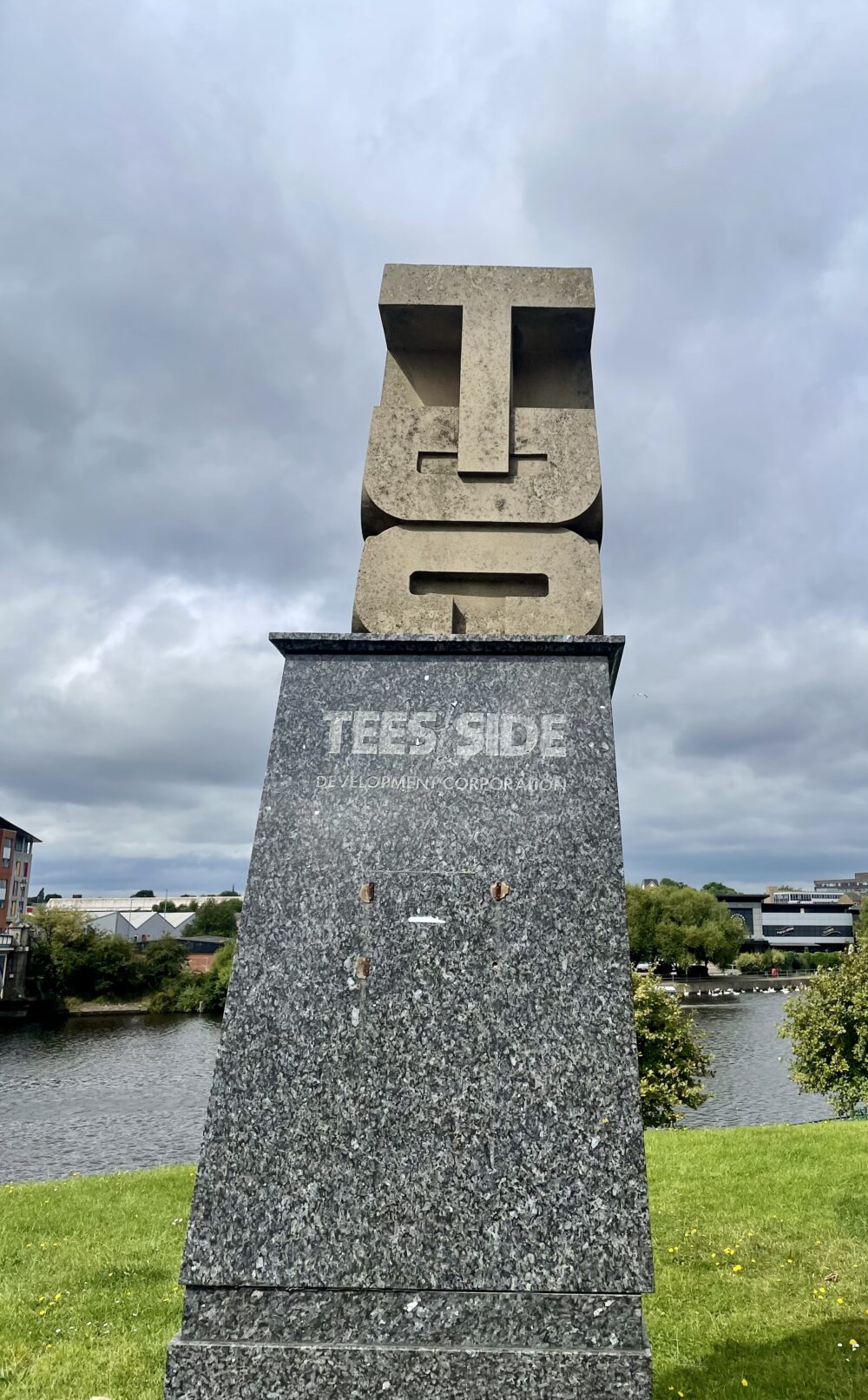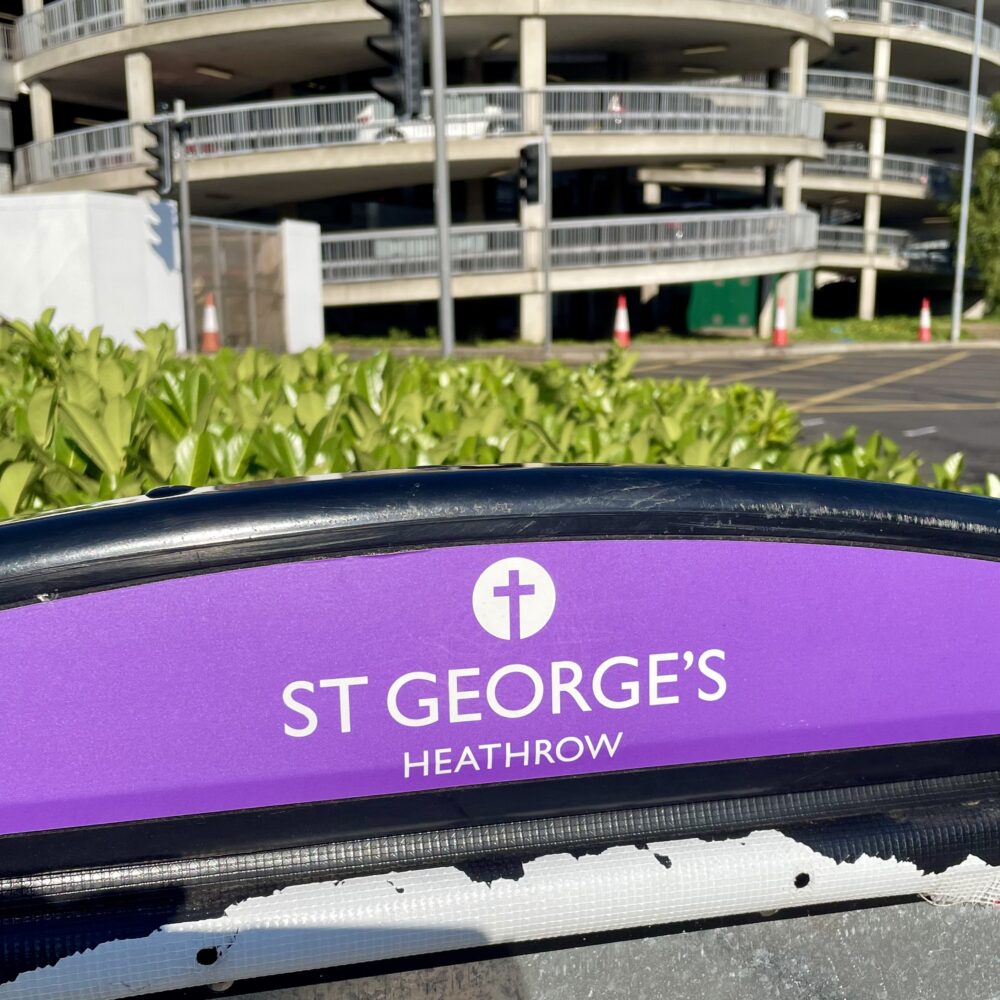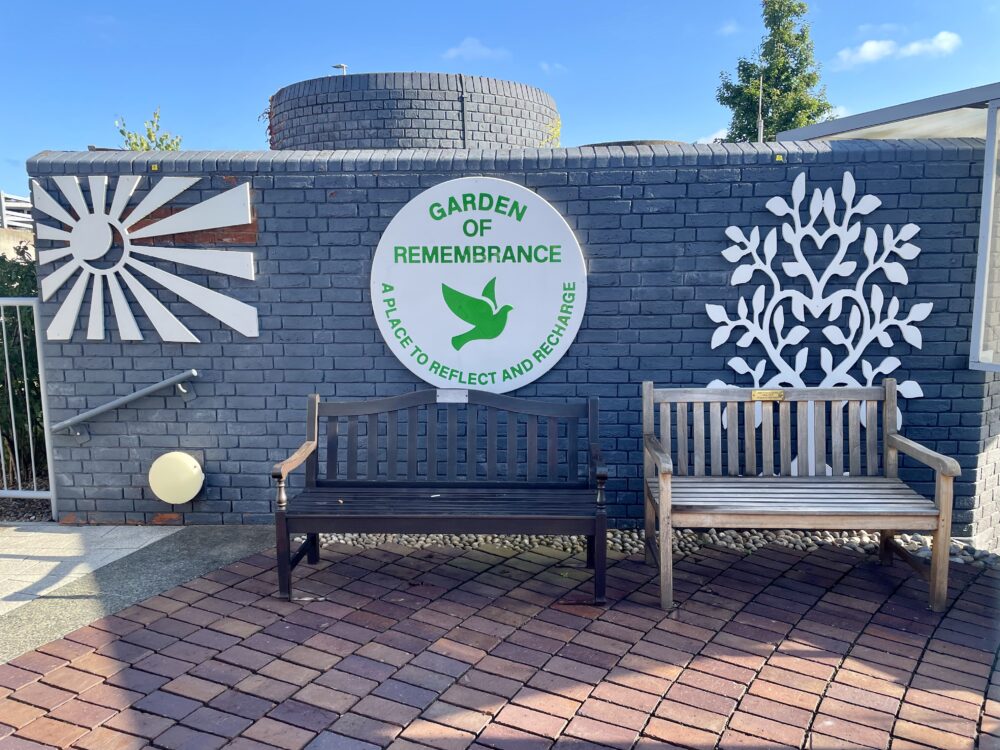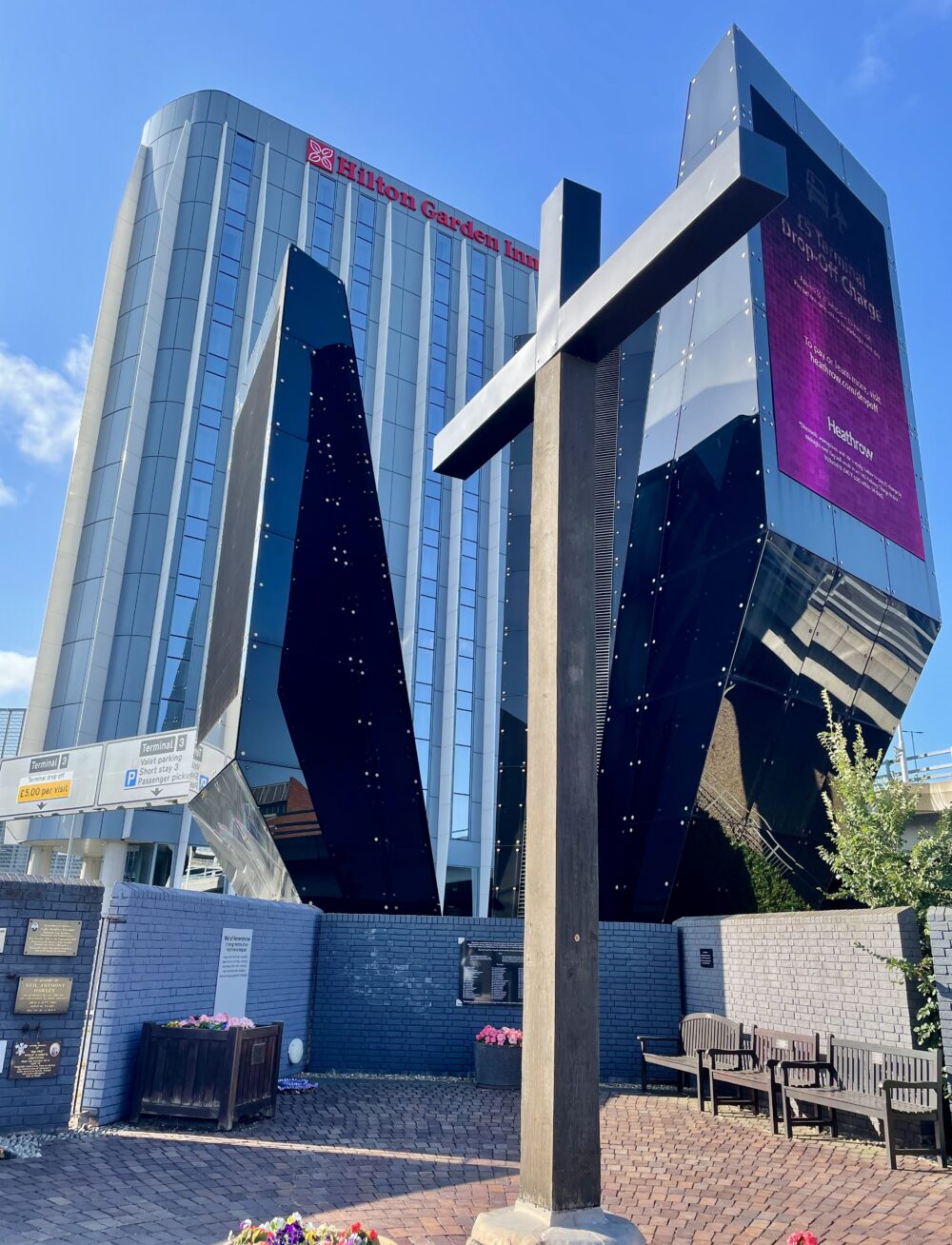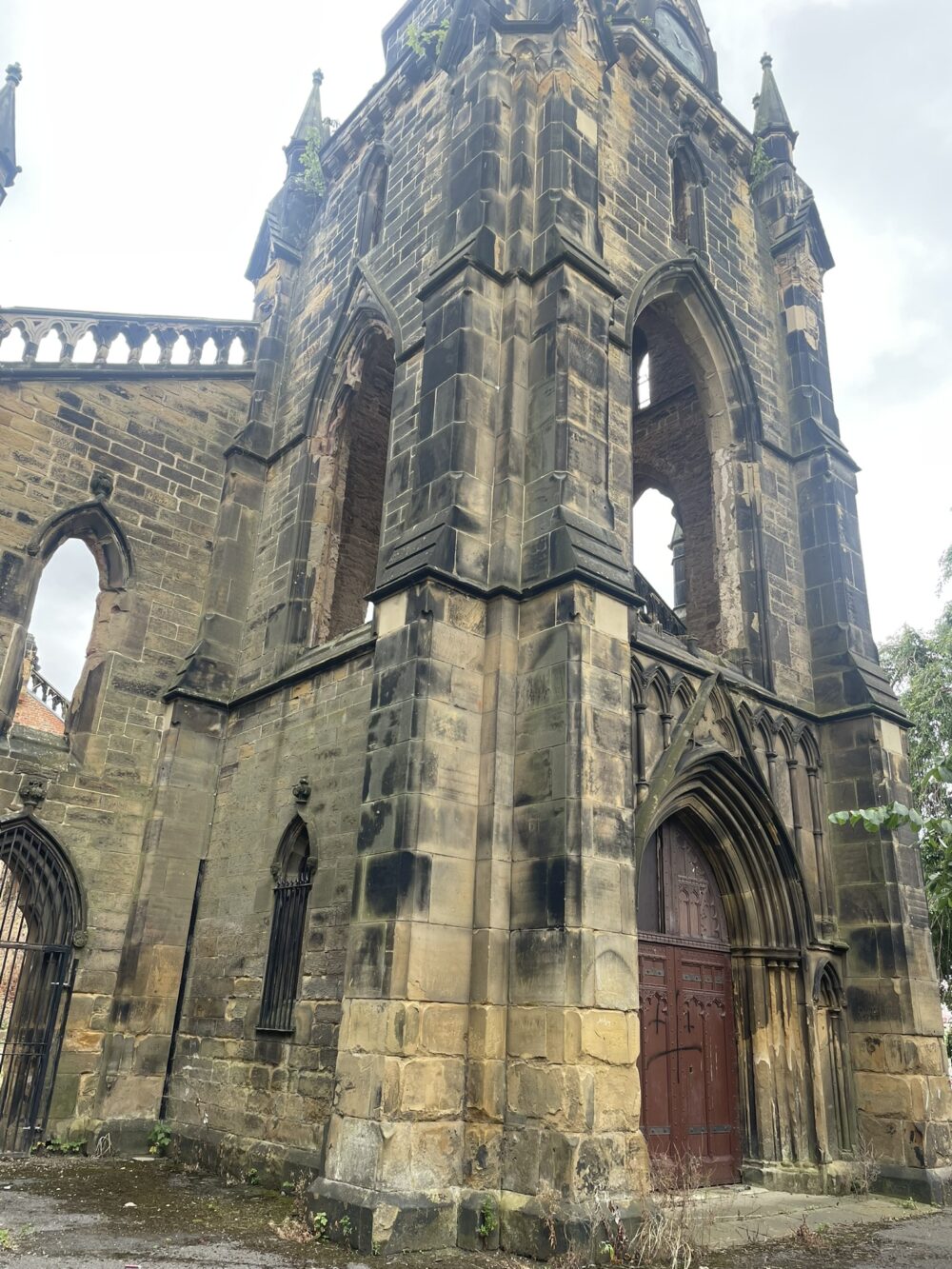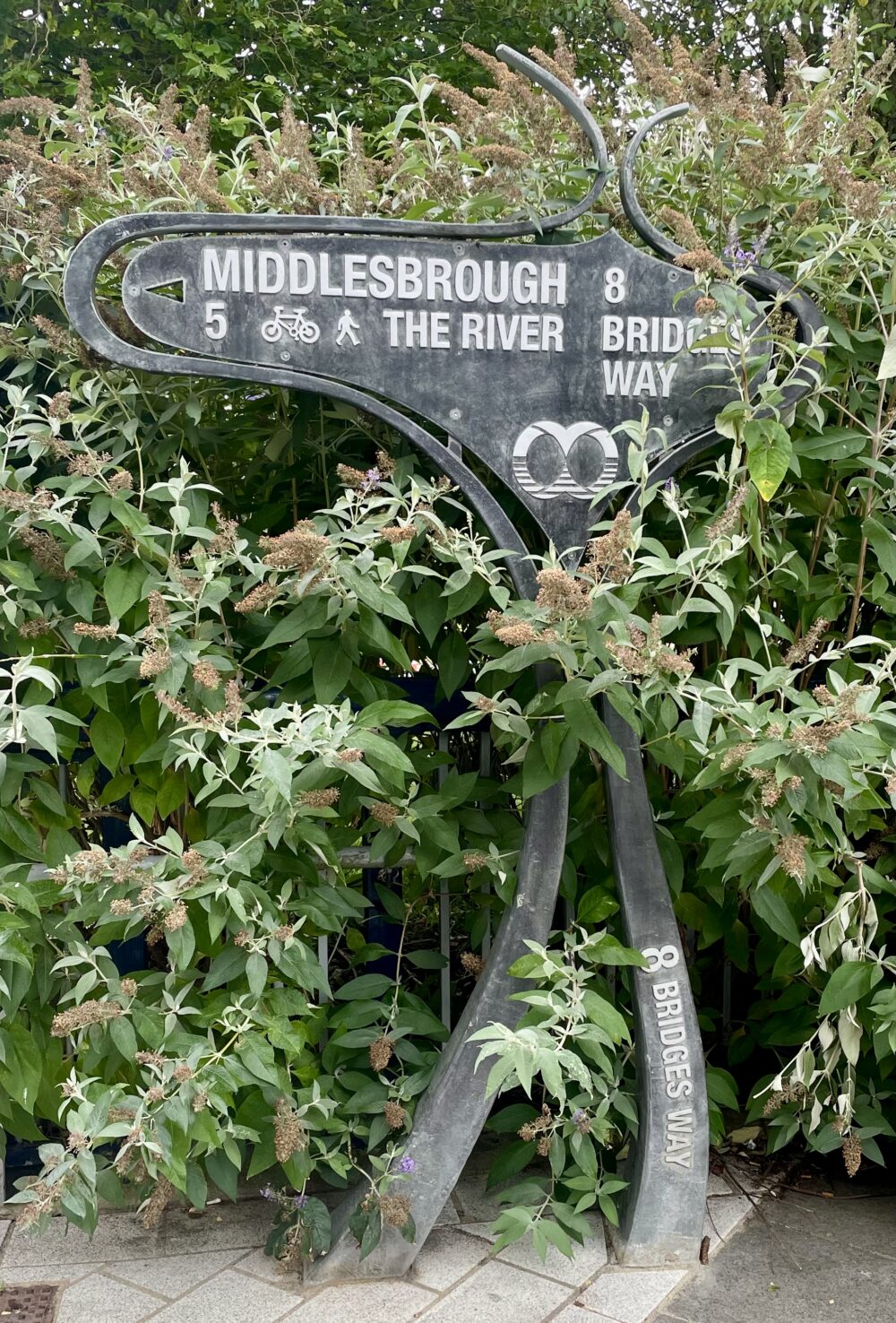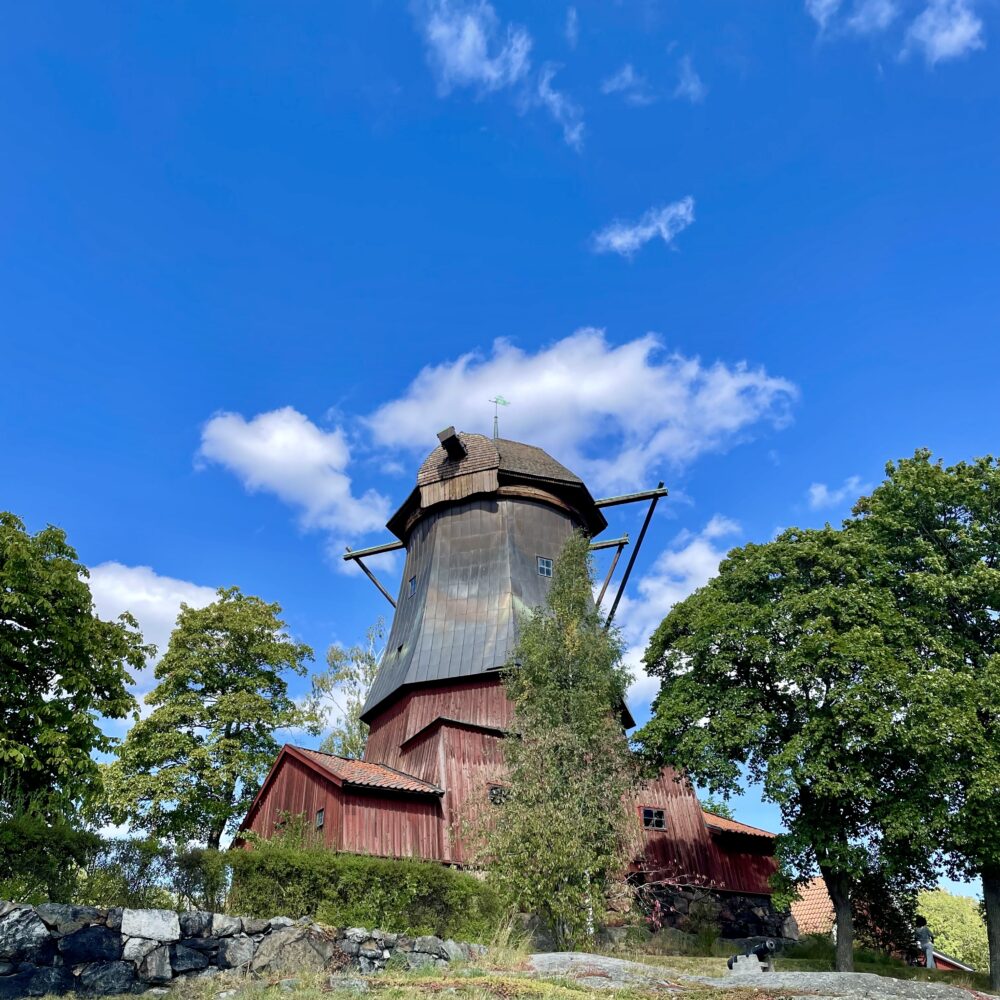
This is the Waldermarsudde oil mill in Stockholm, built in 1784 and once used to produce linseed oil. These days, it’s part of the Prins Eugens art museum.
I just walked past it, so don’t have much more to tell you about it. Instead, allow me to present some disparate thoughts on windmills a long way from Sweden.
As a child, I used to be taken on an annual trip to Norfolk to visit my extended family. Seeing windmills there was always a particular treat. I particularly liked windmills with ‘headphones’, which was my inexplicable choice of word to describe sails.
One windmill we visited often was Sutton Mill, built in 1789 and the UK’s tallest surviving windmill. I only realised when coming to write this blog post that it closed to visitors in 2008, and has had something of a torrid time since, with its cap removed and bits falling off. It has now been restored and is a holiday home available to rent.
The Norfolk mills website has a nice potted history, including recent events.
I can’t find a picture of me at Sutton Mill, but here I am looking typically full of sunshine on the back of a boat on the Norfolk Broads twenty-odd years ago:
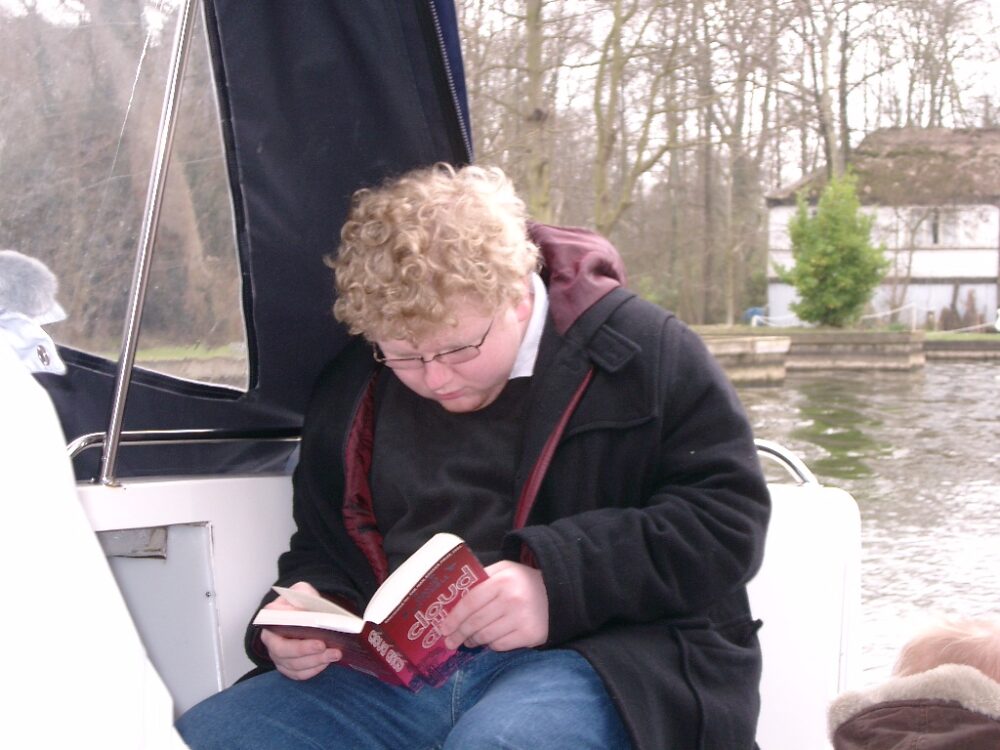
There was a lovely article by Kate Youde and Susie Mesure in the FT recently about the challenges of living in a windmill: it’s hard to find furniture to fit circular rooms, you can’t really hang pictures on sloping walls, that kind of thing. It’s unbelievable that they failed to mention Jonathan Creek.
I’d never previously clocked that windmills often need two entrances. As the cap rotates with the wind, a single entrance could be blocked by the sails. I can’t believe that I’d never thought of that before.
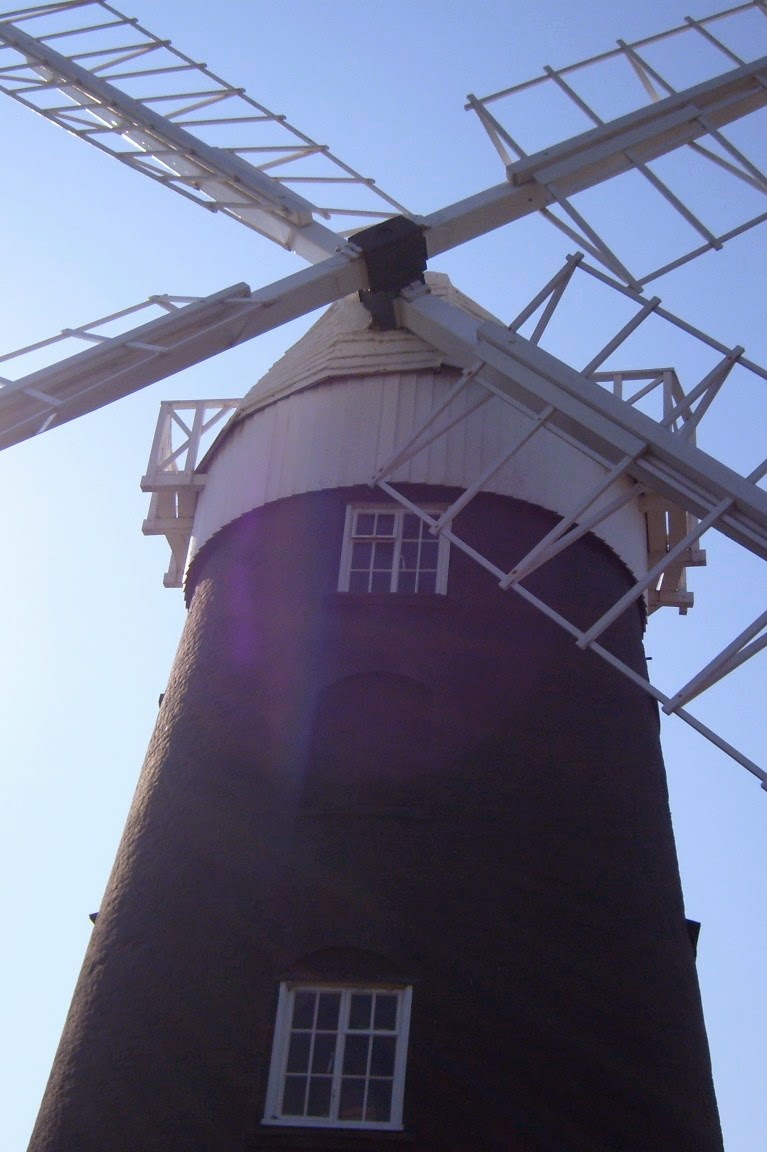
In 2007, I took this photograph of a windmill somewhere in Norfolk. The embedded geolocation is wrong, and I’ve spent far more time than is sensible trying to work out which windmill it might be.
I reckon it is Stow Mill, which Norfolk Mills says would have been open to the public in 2007… though it, too, has now also been converted into a holiday rental.
This is a much newer mill than Sutton and Waldermarsudde, constructed as a flour mill in 1827. Happily, though, this one proves the FT’s rule about windmills having two entrances on opposite sides, lest one be blocked by the sails… or at least it used to, but the second entrance was bricked up when shorter sails were fitted.
